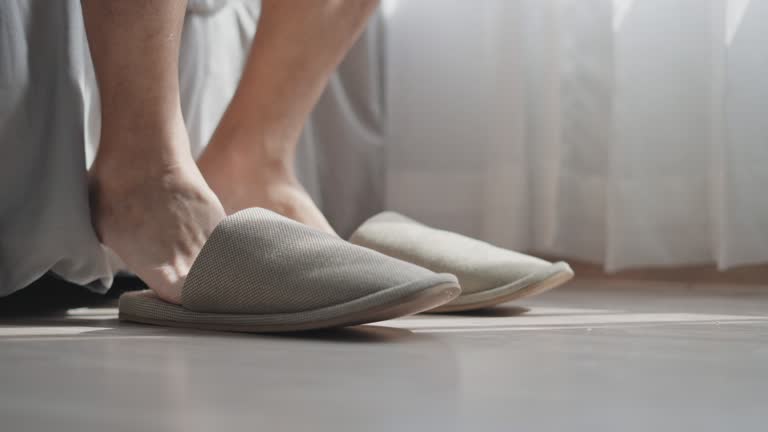Why Home Slippers Matter for Diabetics: Prevent Cracks, Infections & Foot Pain
How Improper Home Footwear Leads to Cracks & Infections in Diabetics (and What to Wear Instead)
Introduction
Many diabetics wear the right shoes outdoors, but neglect their footwear at home — where they spend the most time.
This is one of the biggest mistakes that leads to:
- Cracked heels
- Fungal infections
- Ulcers
- Calluses
- Foot swelling
The culprit?
👉 Improper, low-quality home slippers.
Let’s explore why home footwear matters even more for diabetics and how choosing the right house slippers can save your feet.
Why Home Slippers Are More Important Than Outdoor Shoes
1. You Spend More Time at Home
On average, people spend 8–12 hours a day indoors.
That’s a lot of time to strain your feet with flat, hard slippers.
2. Home Floors Are Harder Than We Think
Tile, marble, and granite floors (common in Chennai & Bangalore) are:
- Hard
- Cold
- Non-cushioned
They increase the pressure on heels and the mid-foot.
3. Barefoot Walking Is Extremely Risky
Many diabetics walk barefoot to the bathroom or kitchen.
This leads to:
- Skin cracks
- Injury
- Cuts from sharp objects
- Fungal exposure
How Bad Slippers Damage Diabetic Feet
1. Hard Soles = Cracked Heels
Hard rubber or EVA slippers offer no shock absorption.
This creates deep heel cracks that may get infected.
2. Thin Slippers = Zero Pressure Relief
Foot pressure spikes → leads to calluses and ulcers.
3. No Heel Support = Wobbling & Falls
Balance issues worsen in diabetics with neuropathy.
4. Sweat Accumulation = Fungal Growth
Cheap slippers trap heat → fungal infections thrive.
What Ideal Home Footwear Should Offer (Checklist)
✔ Cushioning sole
✔ Soft inner lining
✔ Heel support
✔ Arch support
✔ Wide toe box
✔ Non-slip rubber bottom
✔ Breathable design
These features are standard in Stepwise Health’s best diabetic slippers in India, created specifically for daily home use.
Why Stepwise Slippers Are Perfect for Home Use
- Anti-skid soles for safety
- Soft PU arch-cushioned base
- Heel cradling for stability
- Sweat-resistant materials
- Gentle on sensitive diabetic skin
When to Replace Home Slippers
Diabetic home slippers should be replaced every:
6–9 months, or sooner if you notice:
- Heel pain
- Wear marks
- Loss of cushioning
- Bad odor
Conclusion
Proper home footwear is the foundation of diabetic foot care.
Most foot complications begin indoors — and the right slippers can prevent them entirely.
Stepwise Health offers premium medical footwear for foot care designed for ALL-DAY home comfort.
Visit us at our stores in Chennai & Bangalore or shop online.





